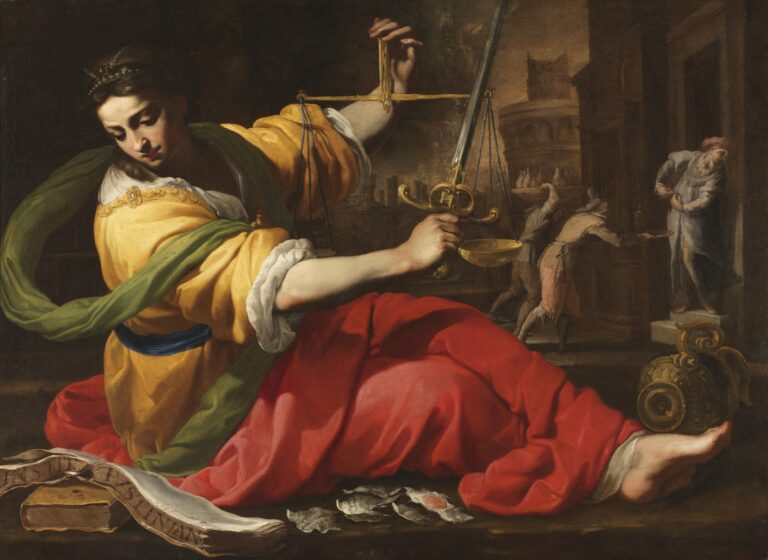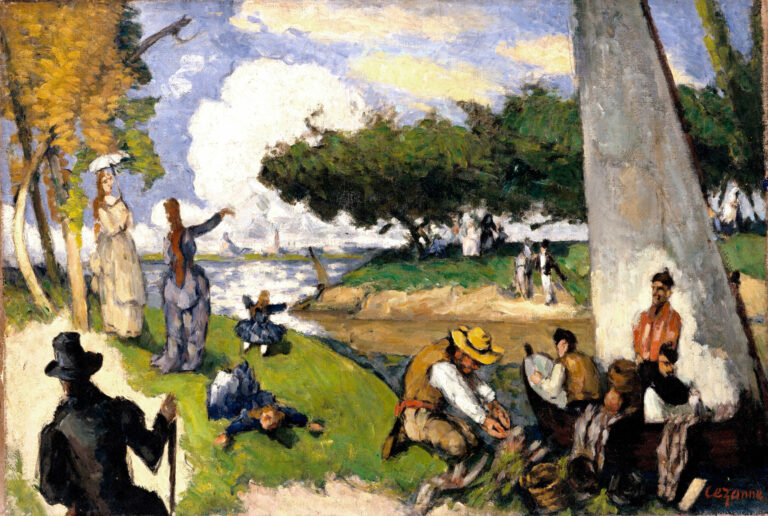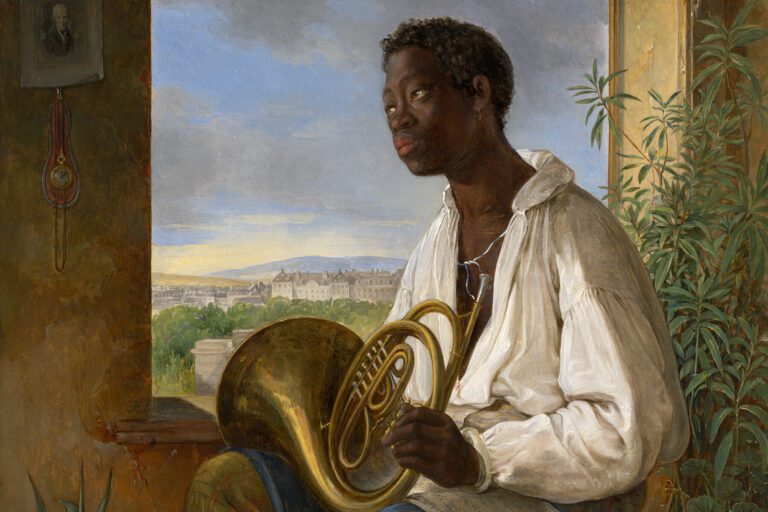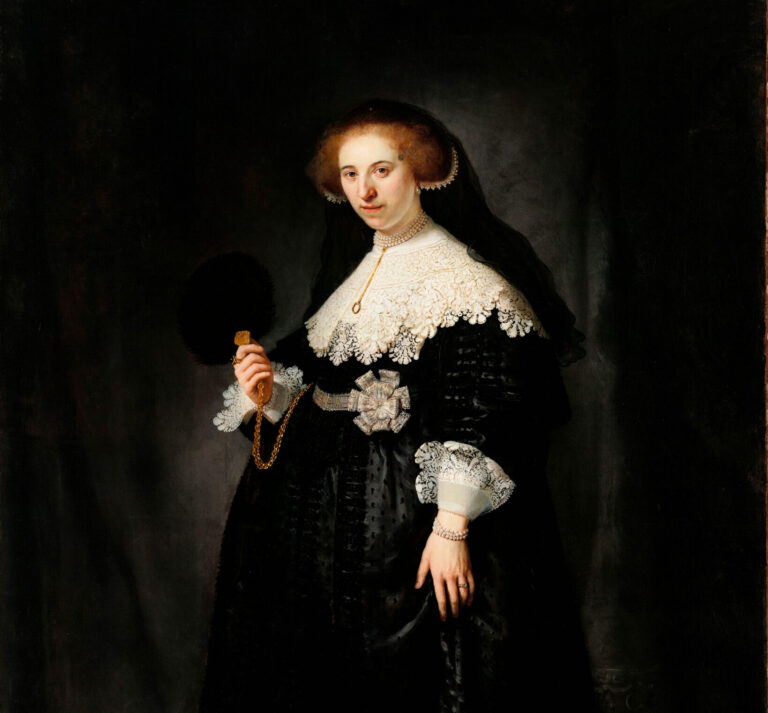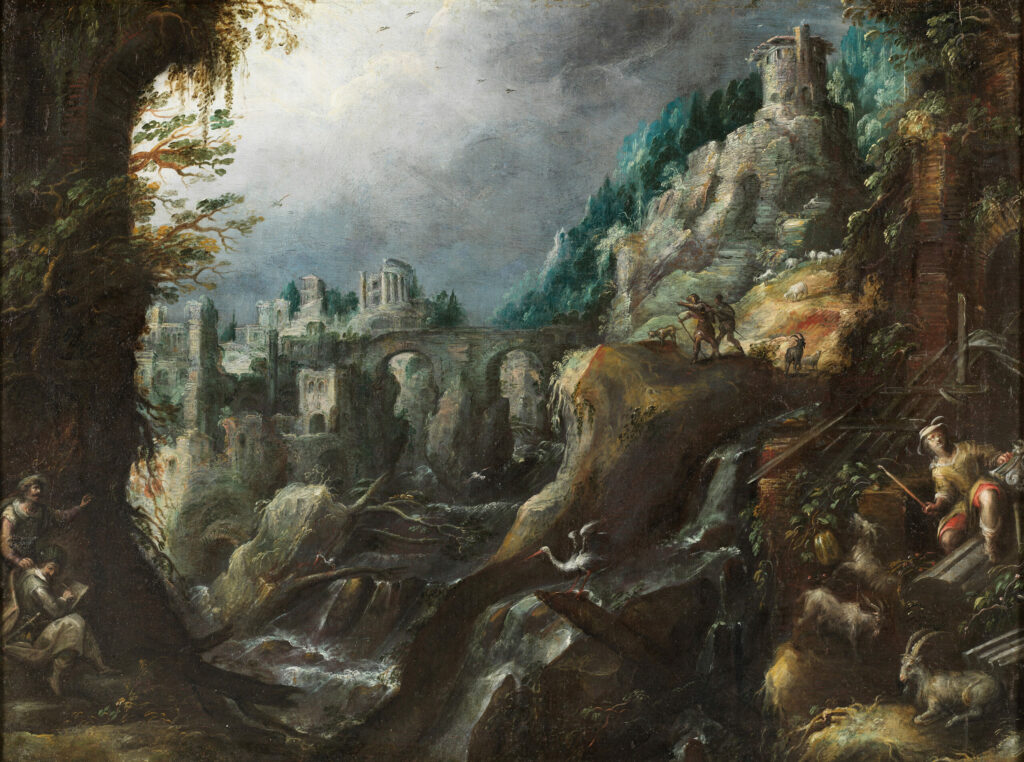
Lodewijk Toeput perfectly illustrates the landscape art of the late 16th century.
The composition orchestrated around a tumultuous river reveals the influence of the Flemish school and Italian tradition. The artist deploys a dramatic landscape where ancient ruins and wild nature intermingle, creating a dialogue between glorious past and pastoral present. The classical architecture in the background—bridge and temples—evokes the grandeur of Antiquity while the shepherds in the foreground anchor the scene in contemporary reality. The chromatic palette, dominated by ochres and greens, structures the space in successive planes according to the codes of atmospheric perspective. The play of light, filtering through the foliage, confers remarkable theatricality.
Further information
- Mountain landscape with tumultuous river, classical ruins and shepherds, by Lodewijk Toeput, 1590s
- 96 x 125.5 cm, oil on canvas
- Nationalmuseum, Stockholm, displayed in room 1619, 17th century
- https://collection.nationalmuseum.se/en/collection/item/180047/
Lodewijk Toeput, known as Pozzoserrato (c. 1550-1605), emblematic figure of late 16th-century European art, embodies the artistic mobility characteristic of this period. Born in Antwerp into a family of painters, he trained in the Flemish tradition of landscape before settling permanently in Treviso around 1580. His establishment in the Veneto marks a decisive turning point: there he developed an original pictorial language synthesizing the meticulous naturalism of the Low Countries with Venetian chromatic innovations and Italian classical idealism. A recognized master, he trained numerous disciples and durably influenced the Venetian school. His production, centered on mythological and pastoral landscape, testifies to a refined humanist culture. Toeput perfectly mastered technique, creating subtle atmospheric effects that make him a precursor of European Baroque landscape.

